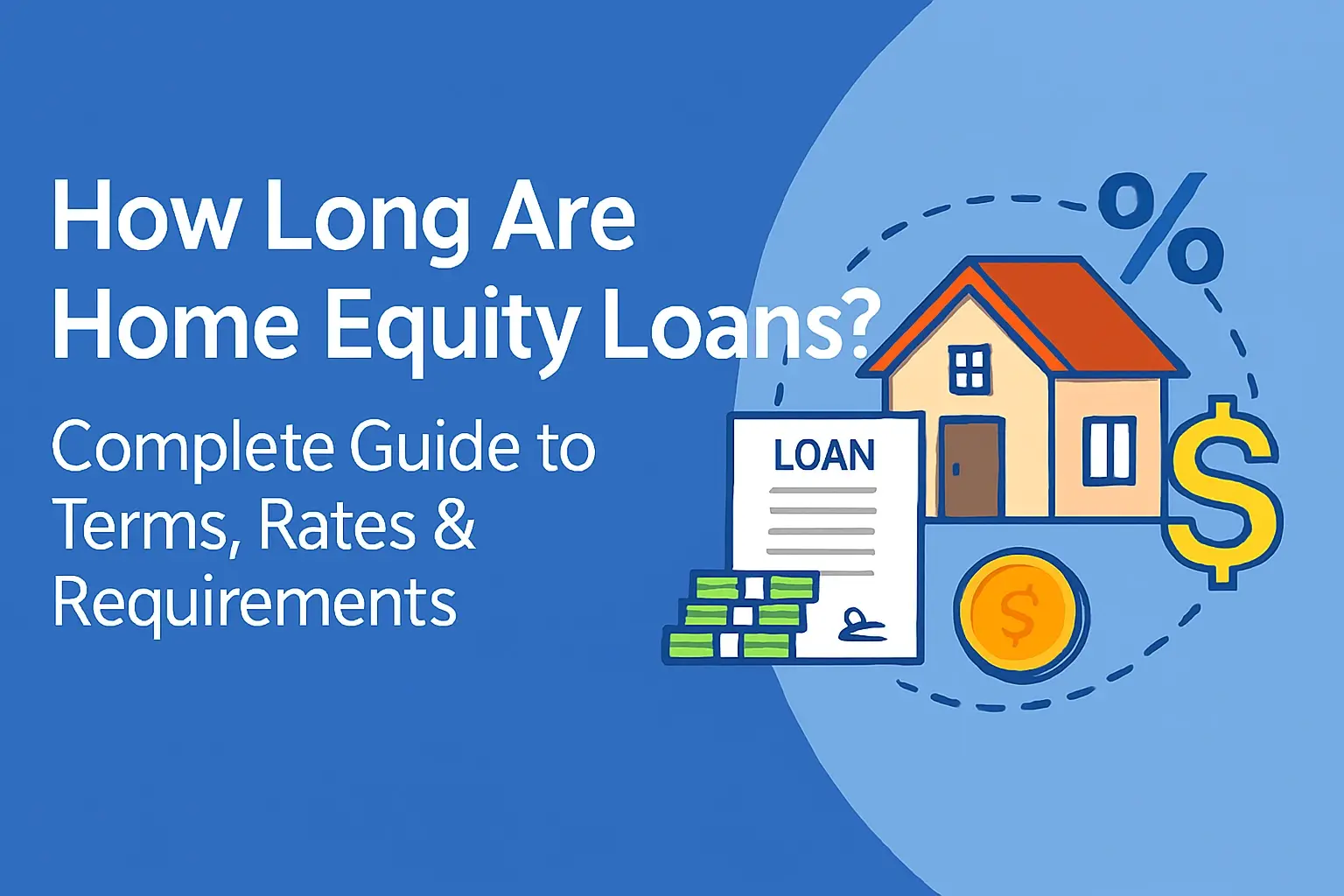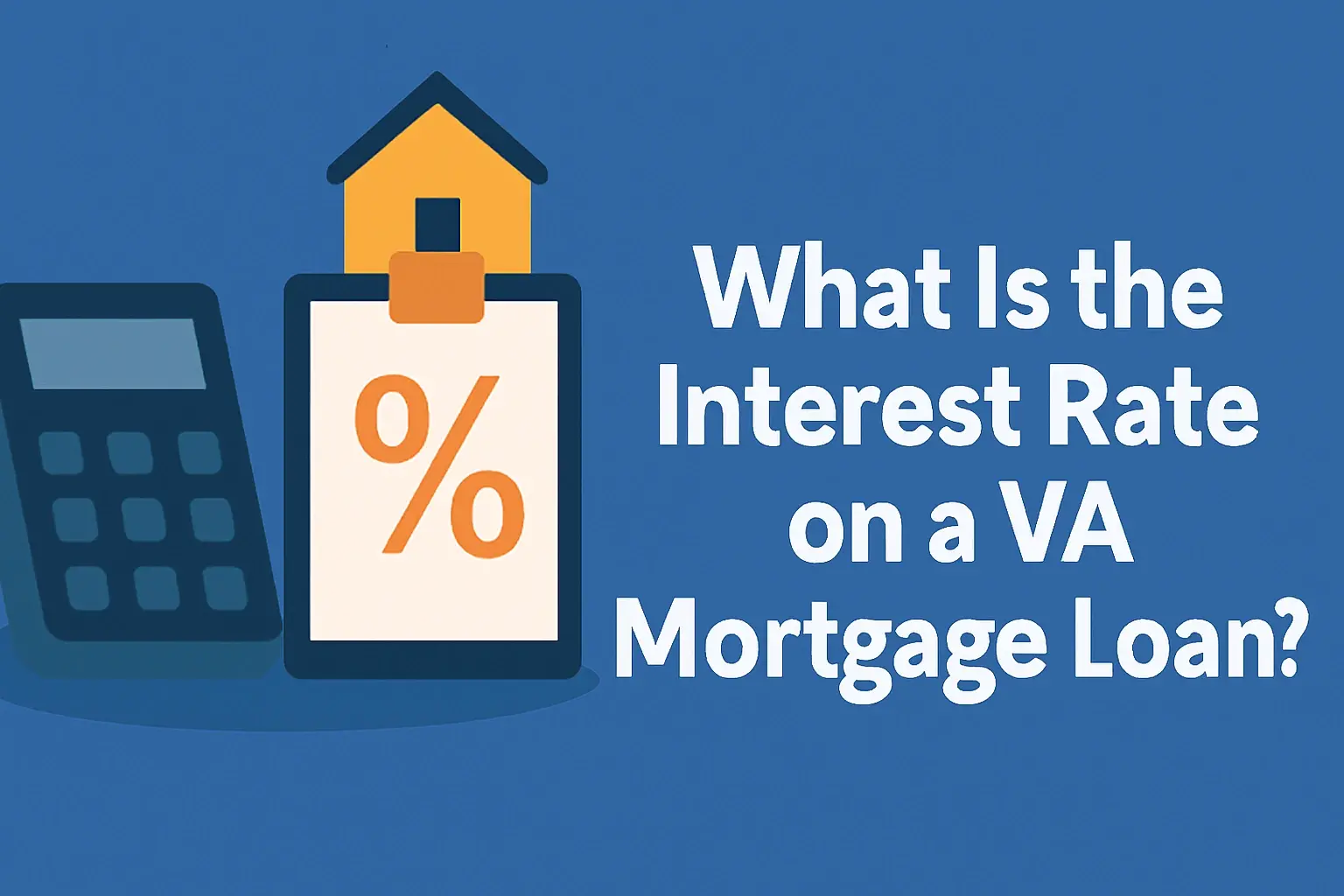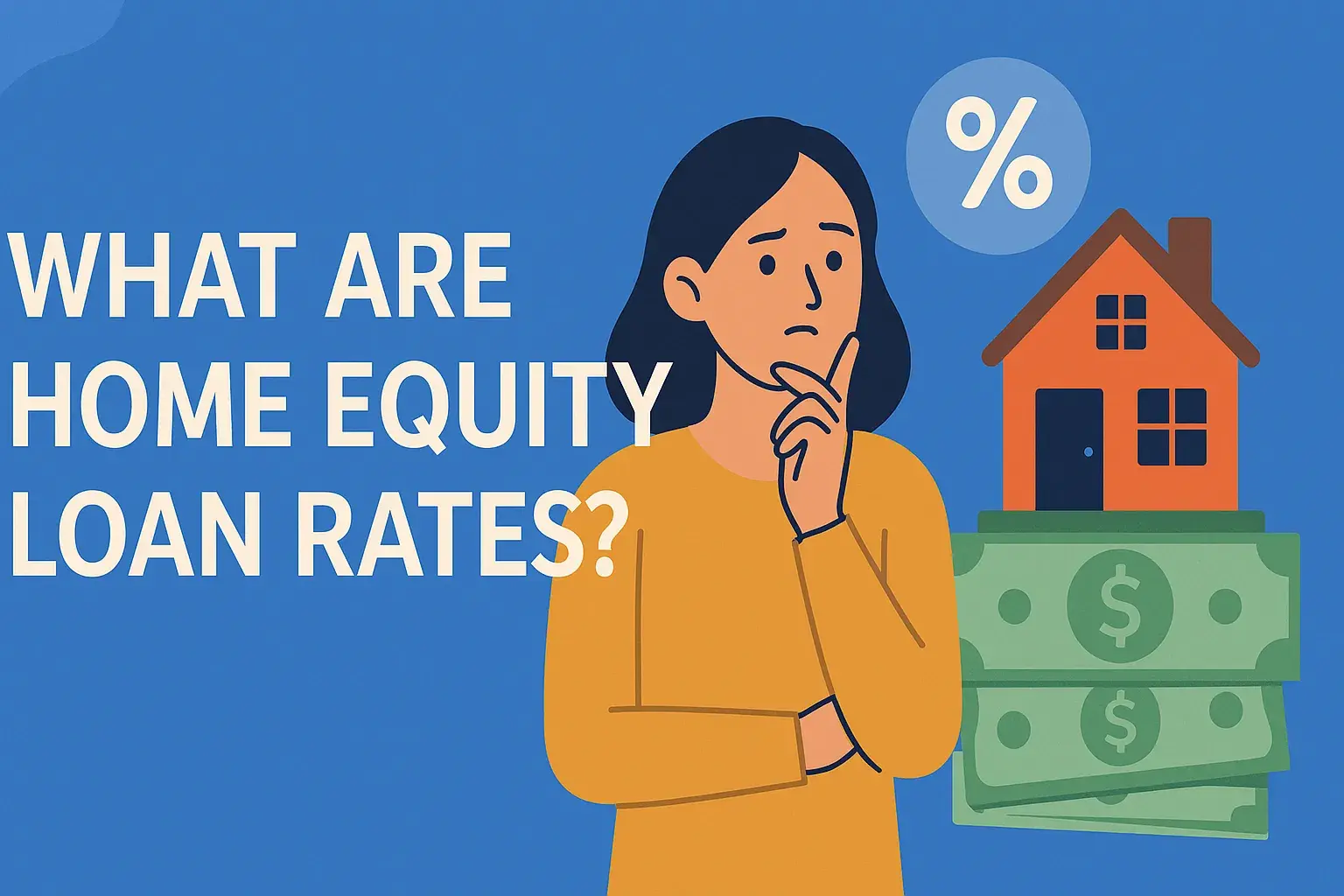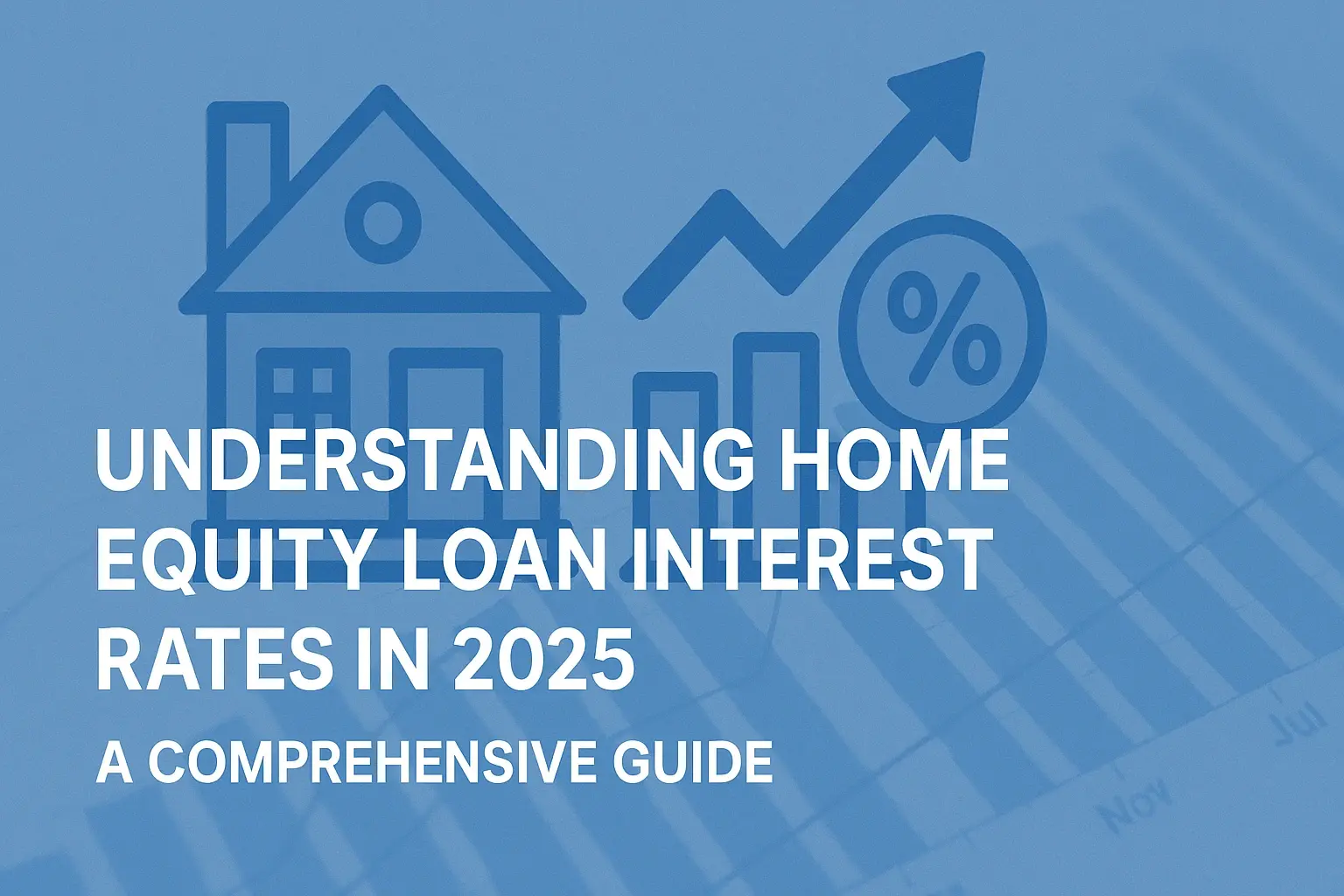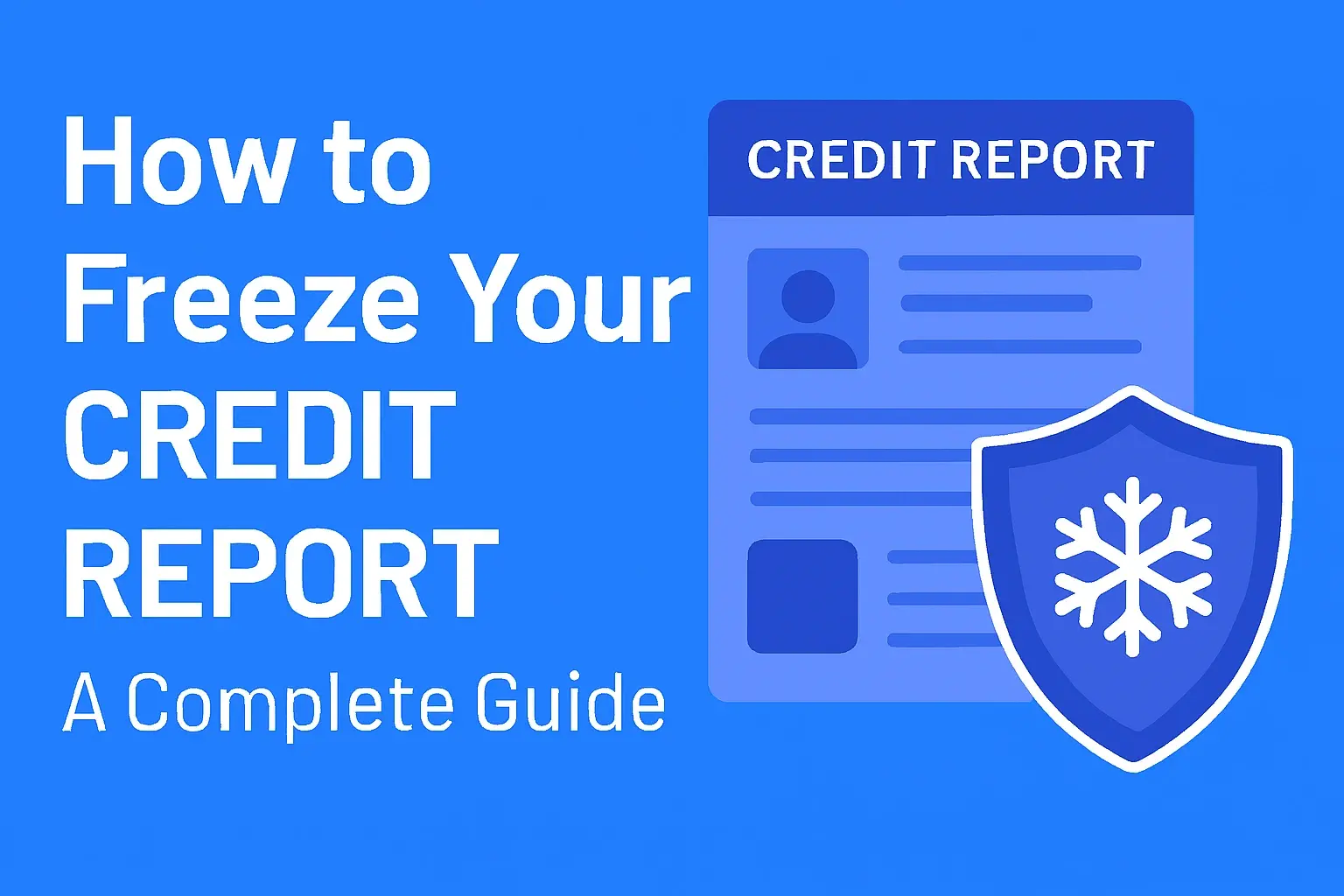-
Posted on: 06 May 2025

-
Unlocking your home's equity can be a powerful financial tool. This comprehensive guide explains precisely how home equity loans work, detailing their benefits, drawbacks, and how to leverage them effectively for your financial goals in 2025.
What is a Home Equity Loan?
A home equity loan, often referred to as a "second mortgage," is a type of loan that allows homeowners to borrow a lump sum of money against the equity they've built up in their home. Equity is the difference between your home's current market value and the amount you still owe on your primary mortgage. Lenders provide this loan based on your home's value, making it a secured loan, meaning your home serves as collateral. If you default on the loan payments, the lender has the right to foreclose on your property. These loans are typically used for significant expenses like home renovations, debt consolidation, education costs, or medical bills. In 2025, they remain a popular option for homeowners looking to tap into their home's value for substantial financial needs, offering fixed interest rates and predictable repayment schedules.
How Home Equity is Calculated
Understanding how your home equity is calculated is fundamental to grasping how home equity loans work. Your equity isn't just a static number; it grows over time as you pay down your primary mortgage and as your property's value potentially appreciates. The basic formula is straightforward:
Home Equity = Current Market Value of Your Home - Outstanding Balance of Your Primary Mortgage
Let's break down each component:
Current Market Value of Your Home
This is the estimated price your home would sell for on the open market today. It's not necessarily the price you paid for it, nor is it the value determined by your original mortgage appraisal. Several factors influence your home's current market value:
- Appraisal: A professional appraisal conducted by a licensed appraiser is the most accurate way to determine your home's current value. Lenders will require an appraisal as part of the home equity loan application process.
- Comparative Market Analysis (CMA): Real estate agents often provide CMAs, which compare your home to similar properties that have recently sold in your area. While less formal than an appraisal, it offers a good estimate.
- Market Conditions: The overall real estate market in your area plays a significant role. A strong seller's market with high demand and low inventory will generally lead to higher property values.
- Home Improvements: Significant renovations or upgrades can increase your home's value.
Outstanding Balance of Your Primary Mortgage
This is the total amount you still owe on your original mortgage loan. You can find this figure on your latest mortgage statement. As you make regular payments, a portion of each payment goes towards reducing the principal balance, thereby increasing your equity.
Loan-to-Value Ratio (LTV)
Lenders use the Loan-to-Value (LTV) ratio to assess risk when approving home equity loans. The LTV is calculated as follows:
LTV = (Total Loan Amount / Home's Current Market Value) * 100
For home equity loans, lenders typically require a certain amount of equity to remain in the home. This means they usually won't lend you up to 100% of your equity. A common requirement is that the combined LTV (your primary mortgage LTV plus the new home equity loan LTV) should not exceed 80% to 90%. For example, if your home is worth $400,000 and you owe $200,000 on your primary mortgage, your equity is $200,000. If a lender allows an 85% combined LTV, the maximum total loan amount they would permit is $340,000 ($400,000 * 0.85). Since you already owe $200,000, the maximum home equity loan you could potentially get is $140,000 ($340,000 - $200,000).
The Home Equity Loan Process: A Step-by-Step Guide
Securing a home equity loan involves several distinct stages. Understanding each step can help you navigate the process smoothly and prepare for what's ahead. Here's a typical breakdown:
Step 1: Assess Your Equity and Financial Needs
Before you even start looking for lenders, determine how much equity you have in your home and how much you actually need to borrow. Calculate your equity using the formula mentioned earlier. Then, clearly define the purpose of the loan and the exact amount required. Avoid borrowing more than you need, as this will result in higher interest payments.
Step 2: Research Lenders and Loan Options
Shop around for the best rates and terms. Consider various financial institutions, including:
- Traditional banks
- Credit unions
- Online lenders
Compare interest rates, loan terms, fees (origination fees, appraisal fees, closing costs), and repayment options. Look for lenders with a good reputation and customer service.
Step 3: Get Pre-Qualified or Pre-Approved
Most lenders offer a pre-qualification or pre-approval process. Pre-qualification is a preliminary assessment based on information you provide, giving you an idea of what you might be able to borrow. Pre-approval is more rigorous, involving a credit check and verification of your financial information, and provides a more concrete offer.
Step 4: Complete the Loan Application
Once you've chosen a lender, you'll submit a formal loan application. This will require detailed personal and financial information, including:
- Proof of income (pay stubs, tax returns)
- Employment history
- Bank statements
- Details about your primary mortgage
- Information about other debts and assets
Step 5: Home Appraisal
The lender will order a professional appraisal of your home to determine its current market value. This is a crucial step as it verifies the collateral for the loan. The cost of the appraisal is usually borne by the borrower, either paid upfront or rolled into the loan.
Step 6: Underwriting and Approval
The lender's underwriting department will review your application, credit report, appraisal, and all supporting documents to assess your creditworthiness and the risk involved. They will verify that you meet their lending criteria.
Step 7: Loan Closing
If your loan is approved, you'll proceed to closing. This is where you'll sign the final loan documents, including the promissory note and the mortgage or deed of trust. You'll also pay any remaining fees and closing costs. The funds from the home equity loan will then be disbursed to you, typically via direct deposit or a check.
Step 8: Repayment
You'll begin making monthly payments according to the loan terms. These payments typically include both principal and interest. The repayment period for home equity loans can range from 5 to 30 years.
Key Features of Home Equity Loans
Home equity loans possess several distinct characteristics that differentiate them from other forms of borrowing. Understanding these features is vital for making an informed decision.
Lump-Sum Disbursement
Unlike a line of credit, a home equity loan provides the entire borrowed amount in a single lump sum at closing. This is ideal for borrowers who need a significant amount of cash upfront for a specific, well-defined purpose, such as a major home renovation project or a large, one-time expense.
Fixed Interest Rate
A hallmark of traditional home equity loans is their fixed interest rate. This means the interest rate you secure at the beginning of the loan term will remain the same throughout the life of the loan. This predictability is a major advantage, as it ensures your monthly principal and interest payments will not change. This stability makes budgeting easier and protects you from rising interest rates.
Fixed Repayment Schedule
Complementing the fixed interest rate is a fixed repayment schedule. You'll know exactly how much your monthly payment will be and for how long you'll be making payments. This structured repayment plan can be very reassuring for borrowers who prefer certainty in their financial obligations.
Secured by Your Home
As mentioned, home equity loans are secured by your home. This means your property serves as collateral. While this allows lenders to offer lower interest rates compared to unsecured loans, it also carries the risk of foreclosure if you fail to make your payments. It's crucial to ensure you can comfortably afford the monthly payments before committing.
Potential Tax Deductibility (Conditions Apply)
In some cases, the interest paid on a home equity loan may be tax-deductible. However, this is subject to specific IRS rules. Generally, the interest is deductible if the loan proceeds are used to buy, build, or substantially improve the home that secures the loan. It's always advisable to consult with a tax professional to determine your eligibility for such deductions.
Loan Terms
The repayment terms for home equity loans typically range from 5 to 30 years. Shorter terms mean higher monthly payments but less interest paid over the life of the loan. Longer terms result in lower monthly payments but more interest paid overall.
Home Equity Loans vs. HELOCs: Understanding the Differences
While both home equity loans and Home Equity Lines of Credit (HELOCs) allow you to borrow against your home's equity, they function quite differently. Understanding these distinctions is crucial for choosing the right product for your needs.
Home Equity Loan
- Disbursement: You receive the entire loan amount as a lump sum at closing.
- Interest Rate: Typically a fixed interest rate.
- Repayment: Fixed monthly payments (principal and interest) over a set term.
- Best For: Large, one-time expenses where you know the exact amount needed, like a major renovation, consolidating high-interest debt, or funding a significant purchase.
Home Equity Line of Credit (HELOC)
- Disbursement: Works like a credit card. You have a revolving credit limit and can draw funds as needed during a "draw period."
- Interest Rate: Usually a variable interest rate, which can fluctuate with market conditions.
- Repayment: During the draw period, you may only need to pay interest. After the draw period ends, you enter a repayment period where you pay back both principal and interest, often with higher payments.
- Best For: Ongoing expenses, projects with uncertain costs, or as an emergency fund, where you might need access to funds intermittently over time.
Comparison Table: Home Equity Loan vs. HELOC
Feature Home Equity Loan HELOC Fund Disbursement Lump sum at closing Revolving credit line; draw as needed Interest Rate Typically fixed Typically variable Repayment Structure Fixed principal and interest payments Interest-only payments during draw period; P&I during repayment period Predictability High (fixed payments) Lower (variable rates, changing payments) Best Use Case Large, one-time expenses Ongoing expenses, intermittent needs Pros and Cons of Home Equity Loans
Like any financial product, home equity loans come with advantages and disadvantages. Weighing these carefully will help you determine if it's the right choice for your financial situation.
Pros:
- Access to Significant Funds: Home equity loans allow you to borrow substantial amounts, often more than personal loans, based on your home's value.
- Lower Interest Rates: Because they are secured by your home, interest rates are generally lower than those for unsecured loans like credit cards or personal loans.
- Fixed Interest Rates: The fixed rate provides payment predictability, making budgeting easier and protecting you from market fluctuations.
- Fixed Repayment Terms: A clear repayment schedule helps you plan and manage your finances effectively.
- Potential Tax Benefits: Interest may be tax-deductible if used for home improvements.
- Consolidation Power: Can be used to consolidate high-interest debt, potentially saving money on interest and simplifying payments.
Cons:
- Risk of Foreclosure: Your home is collateral. If you cannot make payments, you risk losing your home.
- Closing Costs and Fees: Like a primary mortgage, home equity loans often come with various fees, including appraisal fees, origination fees, and title insurance, which can add to the overall cost.
- Impact on Equity: Borrowing against your equity reduces the amount of equity you have in your home, which can be a concern if home values decline.
- Long-Term Debt: These are significant loans that can tie you to debt for many years.
- Potential for Over-Borrowing: The availability of large sums can tempt borrowers to take on more debt than they can comfortably manage.
Who is a Home Equity Loan For?
Home equity loans are best suited for homeowners who have built a significant amount of equity in their property and need a substantial sum of money for a specific, planned expense. They are particularly beneficial for:
- Homeowners undertaking major renovations or additions: If you're looking to significantly improve your home, a home equity loan can provide the necessary funds in a single disbursement with predictable payments.
- Individuals looking to consolidate high-interest debt: For those with multiple credit cards or other high-interest loans, a home equity loan can consolidate this debt into a single, lower-interest payment, potentially saving money over time.
- Borrowers needing funds for large, one-time expenses: This could include significant medical bills, tuition for higher education, or even funding a business venture. The lump sum nature is ideal for these situations.
- Those who value payment predictability: The fixed interest rate and fixed monthly payments offer a sense of security and make budgeting straightforward.
- Homeowners with stable income and good credit: Lenders will look for borrowers who can demonstrate a consistent ability to repay the loan, making a stable job and a good credit score essential.
It's crucial to remember that this loan is secured by your home. Therefore, it's not suitable for those who are already struggling with their mortgage payments or who have unstable income that could jeopardize their ability to repay.
Qualifying for a Home Equity Loan
Lenders evaluate several factors to determine your eligibility for a home equity loan. Meeting these criteria increases your chances of approval and can help you secure better terms. The primary requirements include:
Credit Score
A good to excellent credit score is paramount. Most lenders prefer borrowers with scores of 620 or higher, but many will offer the best rates and terms to those with scores of 700 or above. A higher credit score signals to lenders that you are a reliable borrower with a history of managing debt responsibly.
Debt-to-Income Ratio (DTI)
Your DTI ratio compares your total monthly debt payments to your gross monthly income. Lenders typically look for a DTI of 43% or lower, though some may allow up to 50% depending on other factors. A lower DTI indicates you have more disposable income to handle additional debt payments.
DTI = (Total Monthly Debt Payments / Gross Monthly Income) * 100
Home Equity
As discussed, you need sufficient equity in your home. Lenders generally require that the combined loan-to-value (CLTV) ratio – which includes your primary mortgage balance and the new home equity loan amount – does not exceed 80% to 90% of your home's current market value. This ensures you maintain a significant stake in your home.
Proof of Income and Employment Stability
Lenders need to be confident that you can afford the new loan payments. You'll need to provide documentation such as pay stubs, W-2 forms, tax returns, and bank statements to verify your income. Stable employment history, typically at least two years with the same employer, is also a significant factor.
Property Value and Condition
The lender will assess the value of your home through an appraisal. The property's condition can also influence the loan amount offered, as it affects its marketability and value.
How to Use Home Equity Loan Funds Wisely
The temptation to spend freely when receiving a large lump sum can be strong, but using home equity loan funds wisely is critical to ensure the loan serves its intended purpose and doesn't lead to financial strain. Here are some effective strategies:
Prioritize High-Interest Debt Consolidation
If you have credit card debt or other loans with high interest rates (e.g., 15-25%), using a home equity loan to pay them off can be a smart move. The lower interest rate of the home equity loan means you'll pay less interest overall and can become debt-free faster. This is often one of the most financially beneficial uses.
Invest in Home Improvements that Add Value
Use the funds for renovations that enhance your home's functionality, appeal, and resale value. Examples include kitchen or bathroom remodels, adding a new room, upgrading HVAC systems, or improving energy efficiency. These improvements can provide a return on investment through increased property value.
Fund Education Expenses
Paying for college or vocational training for yourself or your children can be a significant expense. A home equity loan can provide the necessary funds, often at a lower interest rate than private student loans. Remember to consider the potential tax deductibility of interest if the funds are used for educational purposes.
Cover Significant Medical Expenses
Unexpected medical bills can be financially devastating. A home equity loan can provide the immediate cash needed to cover these costs, allowing you to receive necessary treatment without incurring high-interest credit card debt.
Establish an Emergency Fund (with caution)
While not ideal as a primary emergency fund due to the risk to your home, a home equity loan can be a last resort for substantial, unavoidable emergencies if other options are exhausted. However, it's crucial to have a plan to repay this loan quickly.
Avoid Non-Essential or Speculative Purchases
Refrain from using home equity loan funds for depreciating assets like luxury vehicles, expensive vacations, or speculative investments. These uses don't typically generate a return and can leave you with debt on something that loses value.
Create a Detailed Budget for the Funds
Before you even receive the money, create a detailed budget outlining exactly how each dollar will be spent. Stick to this budget rigorously. If you're using it for renovations, get multiple quotes and factor in potential overruns.
Current Market Trends and 2025 Outlook
The landscape for home equity loans in 2025 is shaped by several ongoing economic factors. Lenders are closely monitoring interest rate trends, housing market stability, and consumer demand. Here's what to expect:
Interest Rate Environment
As of late 2024 and heading into 2025, interest rates have stabilized somewhat compared to the volatility of previous years. While not at historic lows, they are more predictable. This stability can make fixed-rate home equity loans more attractive, as borrowers can lock in rates with greater confidence. However, lenders remain cautious, and rates are still influenced by inflation and Federal Reserve policy. Current average rates for home equity loans in early 2025 are hovering around 8-10%, depending on creditworthiness and loan terms.
Housing Market Performance
The housing market in 2025 is expected to be relatively stable in most regions, with modest appreciation rather than rapid growth. This stability is good for home equity lending, as it reduces the risk of significant equity erosion. However, regional variations persist, with some markets experiencing stronger demand and price increases than others. Lenders will continue to rely heavily on appraisals to determine loan-to-value ratios.
Consumer Demand and Usage Patterns
Demand for home equity loans is projected to remain steady in 2025. Homeowners continue to see their equity grow due to sustained, albeit slower, home price appreciation and ongoing mortgage principal payments. The primary drivers for borrowing are expected to be home improvements, debt consolidation, and major life expenses. We anticipate a continued preference for fixed-rate home equity loans over variable-rate HELOCs among risk-averse borrowers.
Lender Scrutiny and Underwriting
Lenders are likely to maintain stringent underwriting standards in 2025. While the market is more stable, economic uncertainties mean that creditworthiness, DTI ratios, and loan-to-value ratios will be closely examined. Borrowers with strong credit profiles and substantial equity will have the best chance of approval and favorable terms.
Regulatory Environment
There are no major anticipated regulatory shifts that would drastically alter how home equity loans function in 2025. Consumer protection regulations remain in place, ensuring transparency in lending practices.
Key Statistics for 2025 (Projected/Estimated):
- Average Home Equity Loan Interest Rate: 8.00% - 10.00% (fixed)
- Average Home Equity Loan Term: 10 - 20 years
- Maximum Combined Loan-to-Value (CLTV) Ratio: 80% - 90%
- Projected Home Price Appreciation: 3% - 5% nationally (varies by region)
- Consumer Confidence in Home Equity Lending: Moderate, driven by need for funds and stable rates.
It's always advisable for borrowers to shop around and compare offers from multiple lenders, as rates and terms can vary significantly.
Alternatives to Home Equity Loans
While home equity loans are a powerful financial tool, they aren't the only option for accessing funds. Depending on your needs, creditworthiness, and the amount you need to borrow, several alternatives might be more suitable:
Home Equity Line of Credit (HELOC)
As discussed, a HELOC offers flexibility with a revolving credit line. If your needs are ongoing or uncertain, a HELOC might be a better fit. However, be mindful of its variable interest rate.
Cash-Out Refinance
This involves replacing your current mortgage with a new, larger one and taking the difference in cash. You'll get a lump sum, and the loan is secured by your home. The main difference is that it rolls into your primary mortgage, potentially resetting your interest rate and loan term. If current mortgage rates are lower than your existing one, this can be advantageous.
Personal Loans
These are unsecured loans, meaning they don't require collateral. They are typically for smaller amounts than home equity loans and often have higher interest rates. However, they are faster to obtain and don't put your home at risk.
401(k) Loans
If you have a 401(k) retirement plan, you might be able to borrow against it. These loans often have competitive interest rates and are repaid through payroll deductions. However, borrowing from your retirement savings can hinder long-term growth and has significant penalties if you leave your job or default.
Home Improvement Loans
Some lenders offer specific loans for home improvements that may not require you to have significant equity. These are often unsecured or secured by the home improvement itself, not the entire property value.
Government-Assistance Programs
For specific needs like energy-efficient home upgrades or disaster recovery, government programs or grants might be available that offer favorable terms or even forgivable loans.
Comparison of Alternatives
Option Collateral Required Interest Rate Type Typical Use Risk to Home Home Equity Loan Yes (home) Fixed Large, one-time expenses High HELOC Yes (home) Variable Ongoing/intermittent expenses High Cash-Out Refinance Yes (home) Fixed or Variable Large expenses, debt consolidation High (replaces primary mortgage) Personal Loan No Fixed Smaller expenses, debt consolidation None 401(k) Loan No (uses retirement funds) Fixed (set by plan) Various needs None directly, but risk to retirement Conclusion
Home equity loans offer a valuable pathway for homeowners to access significant capital, leveraging the equity built in their properties. Understanding how they work—from the calculation of equity and the application process to the distinct features of fixed rates and lump-sum disbursements—is key to making an informed decision. While they provide lower interest rates and predictable payments compared to many unsecured options, the inherent risk of using your home as collateral cannot be overstated. Carefully assess your financial situation, creditworthiness, and the purpose of the loan. For those with stable income and a clear need for funds, particularly for home improvements or debt consolidation, a home equity loan can be an excellent financial strategy in 2025. Always shop around, compare offers, and consult with financial advisors to ensure it aligns with your long-term financial goals and risk tolerance.



